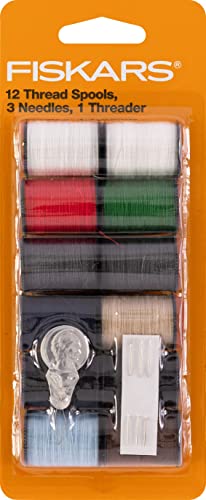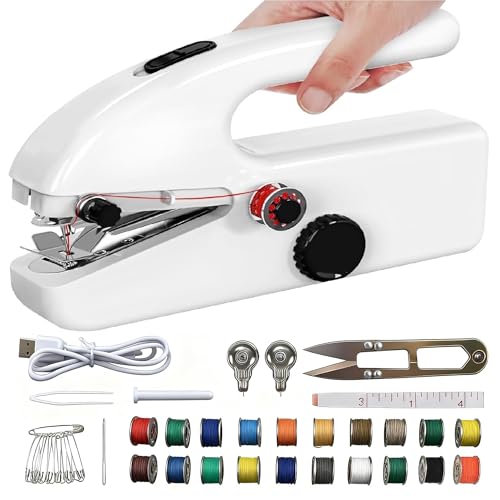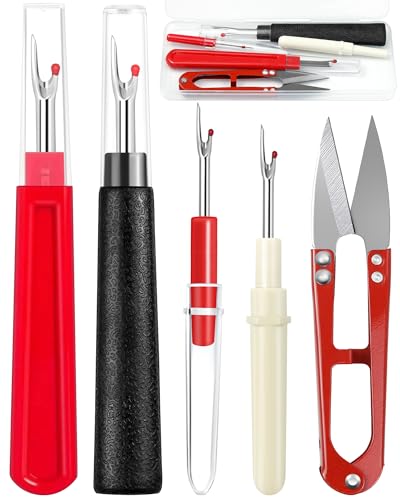Ever found yourself wanting to sew but don’t have a sewing machine handy? Don’t worry, you’re not alone. Hand sewing is a timeless skill that can be just as effective and rewarding. Whether you’re mending a tear, creating a custom piece, or adding a personal touch to your clothing, you can achieve great results with just a needle and thread.
The Revival of Hand Sewing
Hand sewing is making a comeback. More people are appreciating the simplicity and satisfaction it brings.
Benefits of Sewing Without a Machine
Hand sewing offers unique advantages. It allows greater control over delicate fabrics, creating intricate designs without the limitations of a machine. Repairs can be done anywhere, and it’s cheaper since no expensive equipment is needed. Hand-sewn items often possess a personal touch, showing the care and effort in every stitch.
Essential Tools for Hand Sewing
You need a few tools to start hand sewing:
- Needles: Various sizes help tackle different fabrics and thread types.
- Thread: Use quality thread to ensure your stitches are durable.
- Fabric Scissors: Precision cuts require sharp fabric scissors.
- Thimble: Protect your fingers with a sturdy thimble.
- Pins and Pin Cushion: Keep your fabrics in place with pins.
- Measuring Tape: Accurate measurements need a reliable measuring tape.
- Seam Ripper: Fix mistakes with a seam ripper.
Having these tools on hand ensures you’re ready for any hand sewing project.
Understanding Basic Hand Sewing Techniques
Hand sewing allows for unmatched precision and creativity. Whether fixing a tear or adding a unique touch, mastering basic techniques empowers your projects.
Stitches Every Beginner Should Know
Knowing a few foundational stitches ensures versatility in your hand sewing endeavors:
- Running Stitch: This is the easiest and most fundamental stitch. Pass the needle in and out of the fabric at regular intervals. It’s great for seams and gathering fabric.
- Backstitch: Use this for strong, durable seams. Insert the needle into the fabric, bring it back up a stitch length away, and go back down through the end of the previous stitch. This creates a sturdy, solid line.
- Slip Stitch: Essential for hemming and invisible seams. Insert the needle inside the fold of the hem, then pick up a bit of fabric before returning to the fold. It creates a nearly invisible finish.
- Whipstitch: Ideal for joining two fabric edges together. Pass the needle over the edge and into the fabric consistently, creating a spiral look.
- Blanket Stitch: Perfect for decorative edges. Start with a knot, insert the needle down and up through the fabric, looping the thread under the needle’s point each time.
Securing Your Thread and Knotting Techniques
Proper thread securing ensures durability and a clean finish for any project:
- Knotting: Start with a basic knot. Wrap the thread around your finger, roll it off, and pull it tight. Double knots can be used for thicker fabrics.
- Anchoring the Thread: After knotting your thread, bring the needle up through the fabric from underneath, hiding the knot inside the seam or fold. For visible starts, bring the needle up at your starting point.
- Finishing with a Knot: To finish a row, pass the needle under the last stitch, pull until a small loop forms, and pass the needle through the loop, tightening it close to the fabric.
- Weaving in Ends: For seamless finishes, weave the thread end through several stitches on the backside of the fabric, then trim the excess.
Mastering these techniques ensures your hand-sewn projects are durable and refined. Take the time to practice, and your sewing skills will continue to improve, bringing your creative visions to life.
Choosing the Right Fabric and Materials
Selecting the right fabric and materials is key to successful hand sewing projects. Prioritize fabrics and accessories that complement the hand-sewing process.
Best Fabrics for Hand Sewing
Certain fabrics are more manageable for hand sewing, offering ease of use and better results:
- Cotton: Lightweight, breathable, and easy to work with, cotton responds well to various hand stitches. Examples include quilting cotton and muslin.
- Linen: Strong and durable, linen provides a smooth surface for stitching. It’s suitable for garments and home textiles.
- Wool: Thicker wool fabrics like felt maintain shape and are ideal for decorative stitching. Wool blends offer added flexibility and softness.
- Silk: Though delicate, silk can be hand-sewn with precision, allowing for intricate design work. Choose silk for lightweight, elegant projects.
Necessary Accessories for Effective Hand Sewing
Equip yourself with essential accessories for smooth and efficient hand sewing:
- Needles: Use a variety of needles for different fabrics, such as sharps for general sewing and embroidery needles for detailed work.
- Thread: Select high-quality, matching thread that complements the fabric’s strength and type, like cotton, polyester, or silk thread.
- Scissors: Invest in sharp fabric scissors for clean cuts and precision snipping, along with smaller snips for thread trimming.
- Thimble: A thimble protects your fingers and provides better control over the needle, especially for thicker fabrics.
- Pins and Pincushions: Use straight pins to hold fabric pieces in place, and store them in a pincushion for easy access and organization.
- Tape Measure: A flexible tape measure ensures accurate measurements for your project, from seams to hems.
- Marking Tools: Employ fabric markers or chalk to outline patterns and designs on your fabric before sewing.
Careful selection of fabrics and tools enhances the hand sewing experience, leading to well-crafted and satisfying projects.
Advanced Projects for Hand Sewing
Hand sewing offers endless possibilities for creating intricate and personalized pieces. These advanced projects will help you take your skills to the next level.
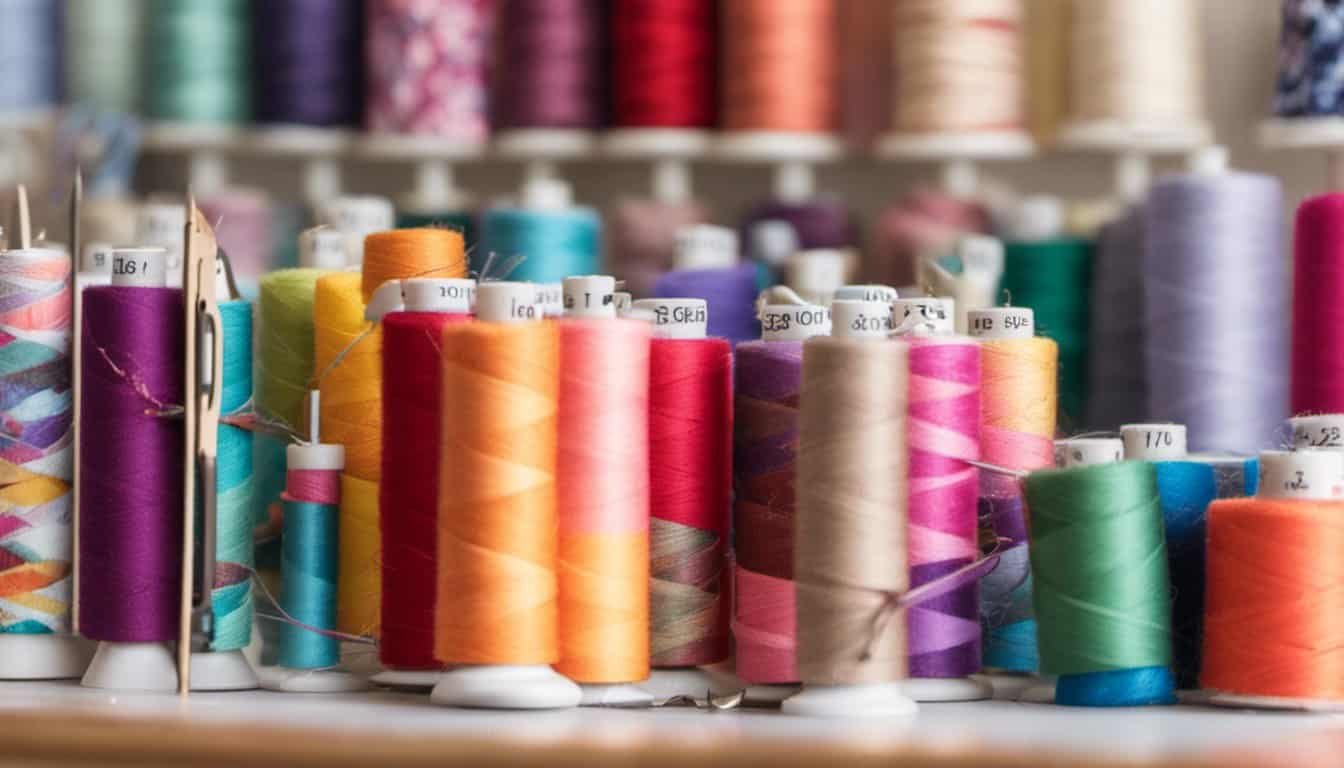
Creating Clothing by Hand
Tailoring garments with hand sewing techniques allows for precise adjustments and unique details. Start with simpler items like skirts and loose shirts, then progress to more complex pieces like dresses and blazers. Use sturdy stitches like the backstitch for seams and the overcast stitch for edges. Add details like pleats, gathers, and darts to enhance fit. Embellish with embroidery or beadwork to personalize designs.
Example projects:
- Skirts: Use the running stitch for seams, and the slip stitch for hems.
- Loose Shirts: Utilize the backstitch for seams, with finishing touches like buttons attached using a shank stitch.
- Dresses: Combine multiple stitches (e.g., backstitch, overcast stitch) for structure and detail.
Home Décor Ideas Without a Sewing Machine
You can create beautiful home décor items by hand, adding a personal touch to your space. Options include throw pillows, curtains, and table runners. Choose durable fabrics like cotton or linen, which are easier to handle. Use the whipstitch to join pieces, the blanket stitch for edges, and decorative stitches for embellishments.
Example projects:
- Throw Pillows: Hand-sew using the whipstitch, adding custom embroidery patterns.
- Curtains: Use the backstitch for strong seams, finishing the edges with a slip stitch.
- Table Runners: Employ various stitches (e.g., running stitch, hemstitch) for both assembly and decoration.
These advanced hand sewing projects enable you to create customized clothing and home décor, showcasing your craftsmanship and creativity.
Tips for Maintaining Quality and Durability
Caring for Hand-Sewn Items
« Revolutionize Your Wardrobe: Master How to Sewing Clothes with These Pro Tips
Why Every Crafter Needs a DIY Sewing Kit: Transform Your Projects with These Essential Tools »
Proper care ensures the longevity of your hand-sewn items. To start, always follow the fabric-specific care instructions on your garments. When washing delicate fabrics, use gentle detergents and cold water to prevent fading and shrinking. Hand wash intricate pieces, avoid wringing, and lay items flat to dry to maintain their shape.
Ironing is crucial for keeping your hand-sewn projects looking crisp. Use the correct heat setting for the fabric. Place a pressing cloth between the iron and the material to avoid burns or shine. Store hand-sewn garments in a cool, dry place away from direct sunlight to prevent discoloration.
Common Mistakes to Avoid in Hand Sewing
Several common mistakes can impact the quality and durability of your hand-sewn projects. One frequent error is using the wrong needle size. A needle that’s too large can damage delicate fabrics, while a needle that’s too small might make stitching difficult.
Tension control is another critical area. Uneven tension can cause puckering or loose stitches. Ensure you maintain consistent tension by holding the fabric and thread steadily. Knotting mistakes are also prevalent; avoid bulky or loose knots by practicing different knotting techniques for secure and smooth finishes.
Selecting unsuitable threads can compromise your work. Match the thread type and color to the fabric for strength and invisibility. Additionally, take the time to trim any loose threads and finish edges properly to prevent fraying.
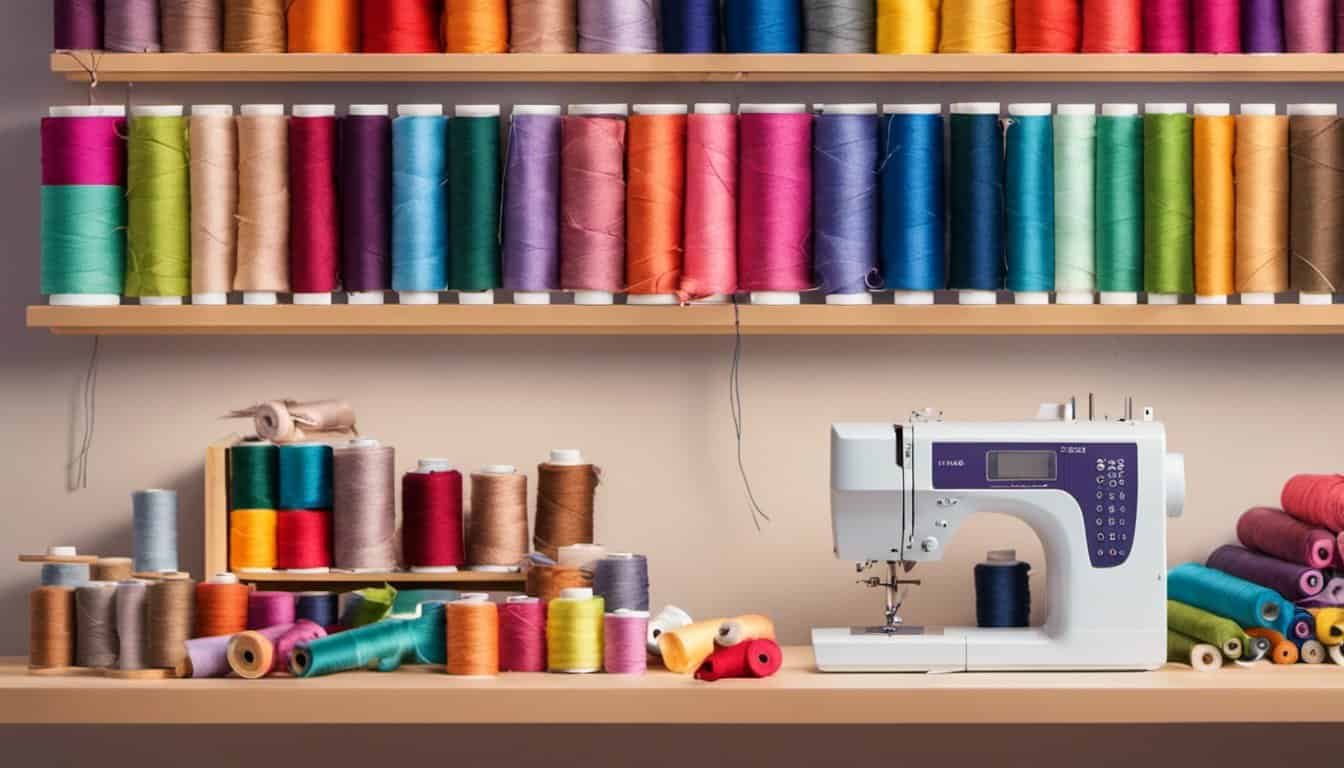
By focusing on detailed care and avoiding these common mistakes, your hand-sewn items will remain durable, high-quality, and ready to be treasured for years.
Conclusion
Hand sewing offers a unique blend of creativity and craftsmanship that can be incredibly satisfying. Whether you’re mending a favorite garment or crafting something new, the skills you develop will serve you well. With the right tools and techniques, you’ll find that hand sewing can be just as effective and enjoyable as using a machine.
Remember to choose suitable fabrics and take your time mastering the stitches. The personal touch you bring to each project will make your creations truly special. Happy sewing!



